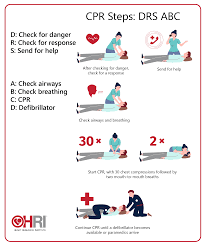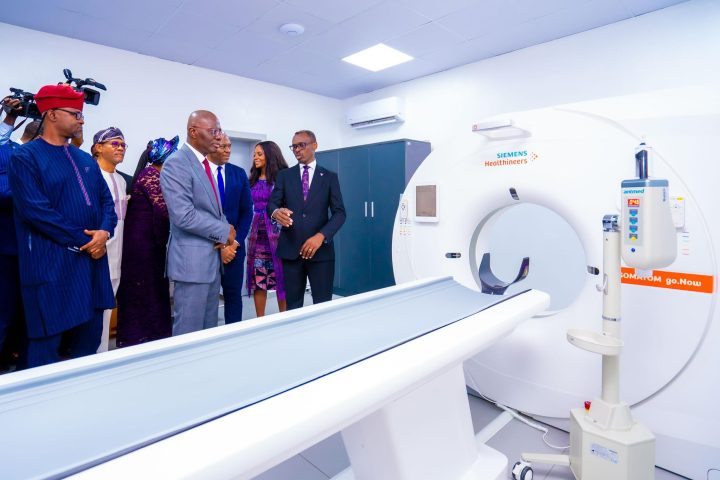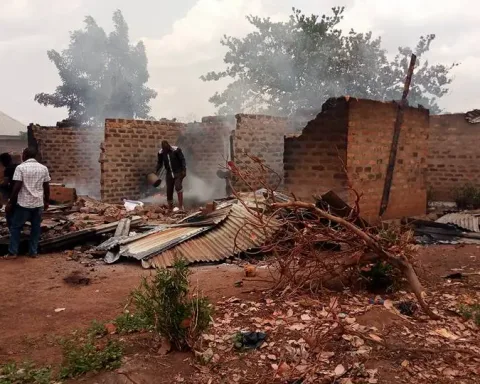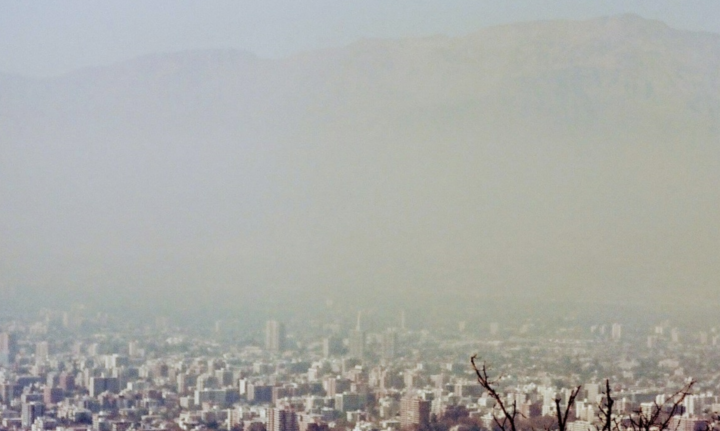In the wake of the tragic drowning of renowned actor John Paul Odonwodo, popularly known as Junior Pope, the importance of CPR (Cardiopulmonary Resuscitation) training has once again come to the forefront.
The incident, which occurred in the River Niger on their way to a movie location in Anambra State, underscores the critical need for individuals to be equipped with life-saving skills, particularly in emergencies where every second counts.
Join our WhatsApp ChannelREAD ALSO: Junior Pope And The Irony Of A Booming Industry In Ruins
It was said that Junior Pope was alive for some time after his body was recovered, but due to the lack of emergency solutions by majority of Nigerians, he died before getting to the hospital. While immediate medical intervention can significantly increase the chances of survival in drowning cases, the absence of CPR-trained individuals on-site can lead to devastating outcomes such as in the case of Junior Pope and three other members of the crew that were on the boat.
READ ALSO: Lawal’s Slump: Every Nigerian Needs Basic Education On Resuscitation – Medical Expert
The American Heart Association (AHA), a leading authority on CPR and emergency cardiovascular care, stresses the importance of CPR in saving lives, especially in instances of cardiac arrest or drowning. Immediate CPR can double or triple the likelihood of survival after cardiac arrest, significantly impacting outcomes.
CPR techniques have evolved over time, with Hands-Only CPR being recommended for bystanders witnessing an adult collapse, as it eliminates the need for mouth-to-mouth breaths. The simplicity of Hands-Only CPR makes it accessible to a broader range of individuals, empowering them to take action in emergency situations.
There are two types of CPR namely; The Hands-Only CPR and Traditional CPR with Breaths. When performing hands-only CPR, a reliable person must first call for assistance before quickly pressing on the patient’s chest. Chest compressions are the name given to these motions. Blood flow through the body can be accelerated by hands-only CPR. The latter, commonly known as CPR with breaths, alternates mouth-to-mouth breathing with chest compressions. When aid is still a long way off, this kind of CPR can help the body get more oxygen.

How To Perform Different Types Of CPR
1. Hands-only CPR:
Survey the scene: Ensure it’s safe to approach.
Check for responsiveness: Tap the person and ask loudly if they’re okay.
Call for help: If unresponsive, call emergency services immediately.
Place the person on a flat surface: Prepare for chest compressions.
Check for an AED (Automated External Defibrillator): Use if available, otherwise start compressions immediately.
Locate hand position: For adults, place the heel of one hand in the center of the chest.
Begin compressions: Use your upper body to push straight down on the chest at least 2 inches, at a rate of 100 to 120 compressions per minute.
Continue compressions: Repeat until the person starts breathing or medical help arrives.
2. CPR with breaths (for adults and teens):
Perform chest compressions: 30 compressions.
Open the airway: Tilt the head back and lift the chin.
Give rescue breaths: Pinch the nostrils shut and cover the person’s mouth with a CPR face mask. Give two breaths, each lasting about 1 second.
Alternate breaths with compressions: Continue until signs of life or help arrive.
NB: The steps for CPR with breaths vary slightly for children and infants, including different compression techniques and ventilation rates.

















Follow Us